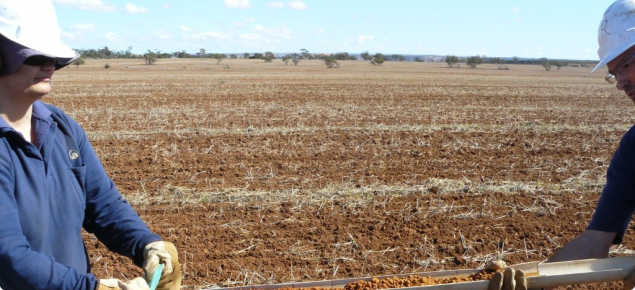Background
Crop and pasture sequences in south-western Australia have changed in the past decade.
These survey results from the Focus Paddocks project provide data to help growers get the best from their break crops under changing conditions.
The Focus Paddocks project compiled information on the nature, suitability and productivity of crop and pasture sequences from 184 paddocks over four years.
The results of the analyses of chemical and physical attributes of the soil, weed counts and disease management are presented here.
The survey was conducted within the cropping zone of south-western Australia with the same 184 paddocks surveyed each year from 2010–14.
Project staff selected paddocks to encompass a range of crop and pasture sequences representative of the wider industry.
The paddocks covered a broad geographical area encompassing 14 agro-ecological zones and several common soil types.
It was anticipated that some growers at first might have viewed the survey as an opportunity to investigate poor-performing paddocks.
To ensure this did not bias the selection of sample sites, we stipulated that 'productive paddocks' be nominated.
We also required paddocks be sown to wheat in the first year of monitoring to establish a common starting point for the crop sequence.
Aim
To identify the most common crop and pasture sequences being used and investigate whether these are sustainable in terms of weeds, soil-borne pathogens soil nitrogen dynamics and economics.

